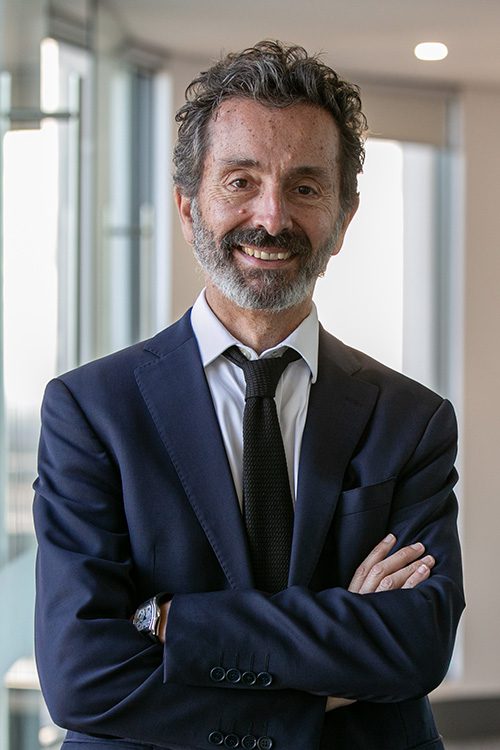Australia needs to look to the entrepreneurial approach of the United States to encourage more funding when it comes to driving commercialisation of medical research in Australia.
In a recent health innovation boardroom lunch held jointly with Westpac Bank, William Buck Chartered Accountants and HWL Ebsworth Lawyers, which focused on the commercialisation of medical research, we put the spotlight on some of our pioneers in Australia’s healthcare sector and their approach to sourcing funding to further their ground-breaking research into medical technology and cancer prevention.
A panel discussion was held with guest speakers, Warren Bingham, Executive Chairman at MedTech International Pty Ltd and Vice President – Asia Pacific, Clinical Genomics, Geoff Cumming – Chairman of Sienna Cancer Diagnostics and Dharmica Mistry – Chief Scientist of BCAL Diagnostics and 2015 Young Scientist of the Year and 2016 NSW Young Women of the Year.
Over the years, Australia has contributed a number of revolutionary innovations to the medical industry such as the Gardasil and Cervarix cancer vaccines, Cochlear implant, Electronic pacemaker and Spray-on skin. However, even Professor Fiona Wood who developed the life-saving ‘spray-on’ skin grafting technique, faced hurdles obtaining funding along the way. In 1993, Fiona and scientist Marie Stoner were eventually able to develop their skin culture facility with support from a Telethon grant. The spray-on technology later became commercialised through Clinical Cell Culture Pty Ltd, (now known as AvitaMedical). While the avenues to funding have changed since then, the fundamental principles behind it are still the same. How do you prove your medical research is worth funding over another research initiative when you only have an idea?
Guest speaker Warren Bingham’s story was particularly interesting. Warren helped to introduce to the world, PillCam Capsule Endoscopy to identify abnormalities in the gastro intestinal tract. He brought to life the challenges behind identifying the needs analysis, research development and the key learnings from commercialising it.
His biggest test was finding a way to make it cost effective and therefore ‘reimbursable’ proved to being the turning point for the business and in 2003 Capsule Endoscopy was successfully approved for permanent Medicare funding by the Australian Government Department of Health and Ageing.
When you have the opportunity to hear the personal stories behind each of these medical successes, it changes the focus. Their drive, determination and commitment to accomplishing medical break-throughs and ultimately helping to save lives is nothing short of admirable. At each stage of the process towards commercialisation is countless hours of dedication to the cause and hard work. They don’t give up when many of us would and their just reward should be the opportunity to make their idea profitable.
In the initial seed stages most innovators find their greatest sources of funding come from family and friends, those that have the courage to say “Yes, I’ll back you”. However, it is important to identify if those early stage funders are the right people to help the business going forward as you move towards pursuing larger pools of funding, formal partnering arrangements and eventually commercialisation.
While innovation in Australia is not yet as advanced as the United States, which mainly comes down to just sheer size and scale, what the United States have definitely shown is a very entrepreneurial approach to funding medical research. Despite a decline in government spending and investment in comparison to Asia and Europe, an increasing number of private and angel investors and venture capital firms are keen to provide financial support to get an idea off the ground. Life Science Angels for example, is a venture capital firm who provide funding solely to healthcare investments, including medical devices, diagnostics, pharmaceuticals and biotechnology.
In Australia we have available a number of government research and development grants including the Medical Research Commercialisation Fund. While the government is investing in this area, there is certainly more that can be done, particularly through better public awareness and by placing the same emphasis on scientific research as other key government initiatives.
By driving more focus towards medical innovation and putting the spotlight on the sector, we want to continue to encourage people to seek funding support to explore their ideas and know they have the backing of industry, government and the corporate sector to help them to achieve their aspirations to make a difference to people’s lives.
Where we can contribute is through opportunities such as our health innovation events to connect them with the right people who will help them to bring their ideas to life.










